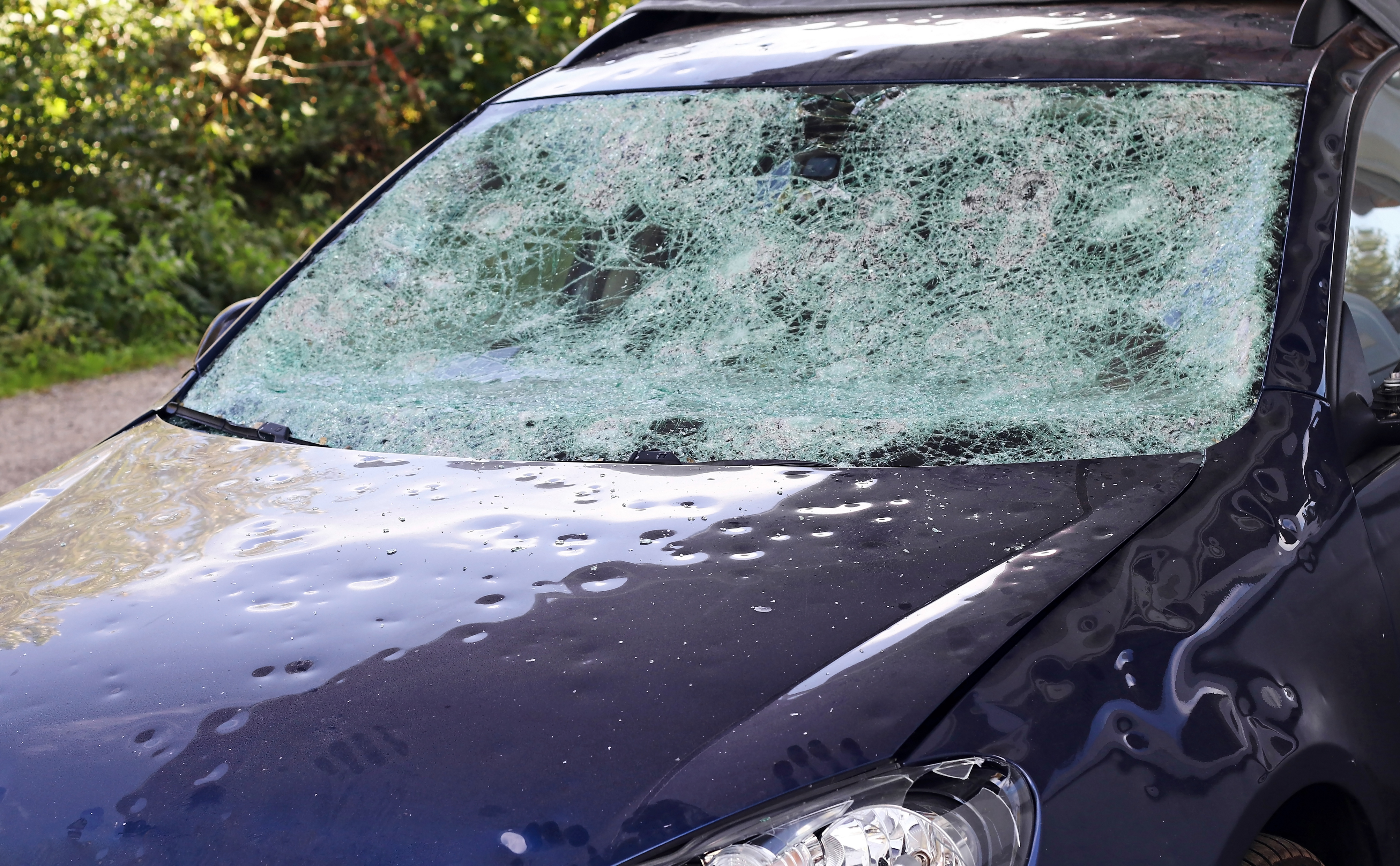State of Home Insurance in 2024: Rates Up 37.8% Cumulatively Since 2019
Author: Maggie Davis
Original article here.
Amid rising home prices, growing inflation and more harmful natural disasters, home insurance rates have increased significantly. In fact, they’re up 37.8% cumulatively since 2019.
Here’s our State of Home Insurance in 2024 report, highlighting where rates have risen the most and which claims are most common.
Key findings
- Home insurance rates in the U.S. are up 37.8% cumulatively since 2019. From 2019 through March 2024, the states with the biggest cumulative increases were Arizona (62.1%), Nebraska (59.9%) and Illinois (56.9%). Conversely, the states with the smallest cumulative increases were Alaska (6.8%), Vermont (7.4%) and West Virginia (9.9%).
- So far in 2024, home insurance rates have jumped 5.8% across the U.S. The states with the biggest increases from January through March were Nebraska (13.3%), Illinois (12.0%) and Montana (11.6%). Rates remained even in one state — Colorado — and rose by just 0.1% in Florida and 0.2% in Maryland.
- In 2024, the average cost of home insurance across the U.S. is $2,478 annually. The yearly average is more than double that in two states: Oklahoma ($5,478) and Nebraska ($5,363). The states where the average cost of home insurance is lowest are Hawaii ($549), New Hampshire ($1,096) and California ($1,121).
- Wind and hail account for more than 40.0% of homeowners insurance claims, while fire and lighting had the largest average claim. An average of 42.6% of claims from 2017 through 2021 were for wind and hail. Meanwhile, 24.1% were for fire and lighting and 23.0% were for water damage and freezing. The average fire and lighting claim in the same period was $83,519 — by far the highest of any claim type analyzed.
Home insurance rates have risen 37.8% since 2019
Across the U.S., home insurance rates have risen 37.8% since 2019.
A significant portion of this increase is likely due to rising home prices. As home prices spike, so does the cost to insure them. Inflation and its effect on building materials also play a role. Although inflation has started to cool, the cost of building materials remains higher than in 2019, meaning the cost to repair a home is higher than before.
Finally, as climate change worsens, more homes are at risk of damage from extreme weather events. To combat these rising claims, many insurers are raising their premiums (particularly in more at-risk areas).
According to LendingTree home insurance expert and licensed insurance agent Rob Bhatt, raising costs is likely inevitable for insurance companies.
“Insurance companies have to repair more homes, and it’s more expensive to rebuild each one than it might have been just five years ago,” he says. “When their costs of paying claims go up, they turn around and raise our rates. This is affecting prices for just about everyone, including people who haven’t been directly impacted by a natural disaster, or at least not yet.”
By state, Arizona had the biggest cumulative spike in home insurance rates from 2019 through March 2024, jumping 62.1%. Climate change certainly plays a role. According to the National Oceanic and Atmospheric Administration (NOAA), Arizona has been affected by eight extreme weather events with losses exceeding $1 billion each since 2019.
Cumulatively, Arizona was followed by Nebraska (59.9%) and Illinois (56.9%). Since 2019, Nebraska has been affected by 20 extreme weather events with losses exceeding $1 billion each, while Illinois has been affected by 34.
Conversely, Alaska had the smallest cumulative spike in home insurance rates over this period, at 6.8%.
Unlike the top-ranking states, those that saw the smallest increases were less likely to be affected by billion-dollar disasters — Alaska has seen just two since 2019. Alaska was followed by Vermont (7.4%) and West Virginia (9.9%), which have seen four and eight billion-dollar disasters, respectively, since 2019.
Insurance rates up 5.8% so far in 2024
Looking solely at 2024 through March, home insurance rates have jumped 5.8% across the U.S. (This is the approved rate change over that period.) According to Bhatt, this is part of a larger trend.
“Unfortunately, we’ve seen sharp home insurance rate increases in most parts of the country in back-to-back years,” he says. “Insurance companies contend they have had to raise their rates to keep up with the spikes in their costs of paying out claims.”
By state, Nebraska saw the biggest increase in home insurance rates from January through March, at 13.3%, followed by Illinois (12.0%) and Montana (11.6%).
Colorado was the only state without any changes in the three months analyzed. Florida (0.1%) and Maryland (0.2%) saw the smallest increases.
Average cost of home insurance across U.S. is $2,478
In 2024, the average cost of home insurance across the U.S. is $2,478 annually. As noted, the approved home insurance rate change across the U.S. reached 5.8% in early 2024.
Bhatt says that certainly can affect homeowners’ budgets more than before.
“The cost of insurance would not be so bad if this was the only thing rising, but it’s not,” he says. “New homebuyers are facing higher interest rates, which further erodes their purchasing power. If you already own a home, you may find yourself needing to scale back on discretionary or semidiscretionary expenses, such as entertainment or home maintenance.”
Although premiums are currently high, Bhatt is optimistic they’ll cool. “We’ve seen inflation settle down to levels well below its peak for several straight months, though it’s not as low as we need it to be,” he says. “There are also reasons to hope that home insurance prices are going to stabilize for at least a few years, as insurance companies have been able to bake in these higher cost projections into their higher new rates.”
By state, Oklahoma has the highest average home insurance premiums, at $5,478 per year — 121.1% higher than the U.S. average. While the approved rate change in Oklahoma has been just 0.7% in 2024, that figure was 14.0% in 2023 and 10.7% in 2022 — some of the highest by state in those years.
Nebraska follows, with premiums averaging $5,363 in 2024 — 116.4% above the U.S. average. It’s the only other state where home insurance premiums are more than double the U.S. average. In 2024, the approved rate change in Nebraska has been 13.3%, versus 15.1% in 2023.
Conversely, annual home insurance premiums are lowest in Hawaii at an average of $549 — 77.8% lower than the U.S. average. Following that, New Hampshire ($1,096) and California ($1,121) have the cheapest home insurance.
All three of the lowest-ranking states have had low approved rate changes over the years. In 2024, the approved rate change in Hawaii has been just 4.2%, versus 5.5% in New Hampshire and 8.8% in California.
Wind, hail account for majority of insurance claims
As for home insurance claims, wind and hail make up the majority. According to the Insurance Information Institute (III), wind and hail damage accounted for an average of 42.6% of claims from 2017 through 2021.
Climate change is largely to blame here. According to a LendingTree study on tornado and hail damage, tornado-involved billion-dollar disasters have risen significantly since 2014, reaching a peak in 2023. That’s also true for billion-dollar hail disasters.
Following that, 24.1% of claims were for fire and lighting and 23.0% were for water damage and freezing.
Despite making up a smaller percentage of claims, the average fire and lighting claim amount was $83,519 in the same period — making it the claim type with the highest average loss. That’s followed by liability claims, with an average loss of $25,323.
Methodology
LendingTree researchers analyzed home insurance data from Quadrant Information Services. These rates were publicly sourced from insurer filings and should be used for comparative purposes only. Your quotes will likely differ. The following coverages and deductibles were used unless otherwise noted:
- $350,000 dwelling coverage
- $35,000 other structures
- $175,000 personal property
- $70,000 loss of use coverage
- $100,000 liability
- $5,000 medical payments
- $1,000 deductible
Home insurance rate change data was compiled using RateWatch from S&P Global, which uses annual information from the National Association of Insurance Commissioners (NAIC).
Claim prevalence and average claim cost information were sourced via the Insurance Information Institute (III).



